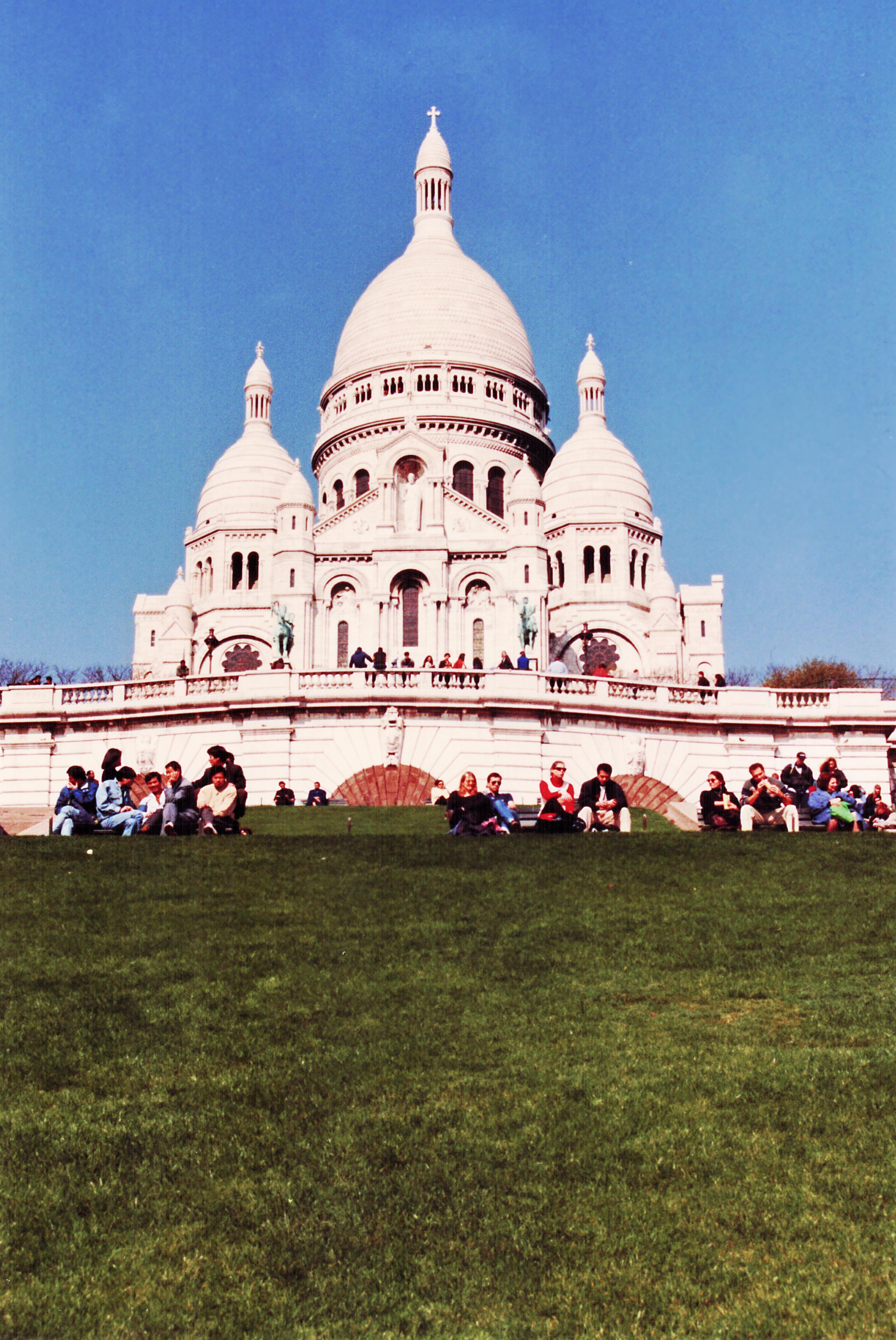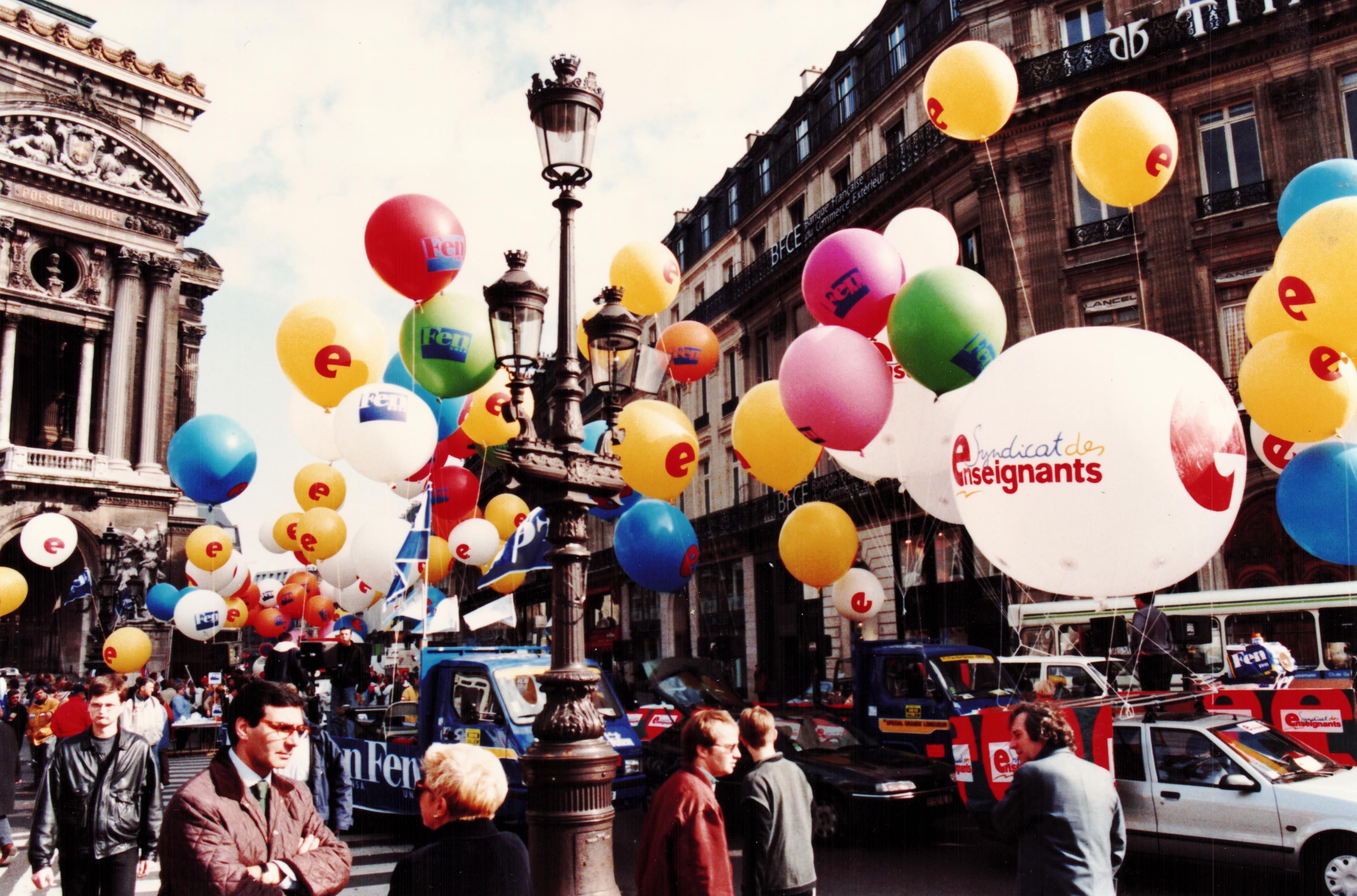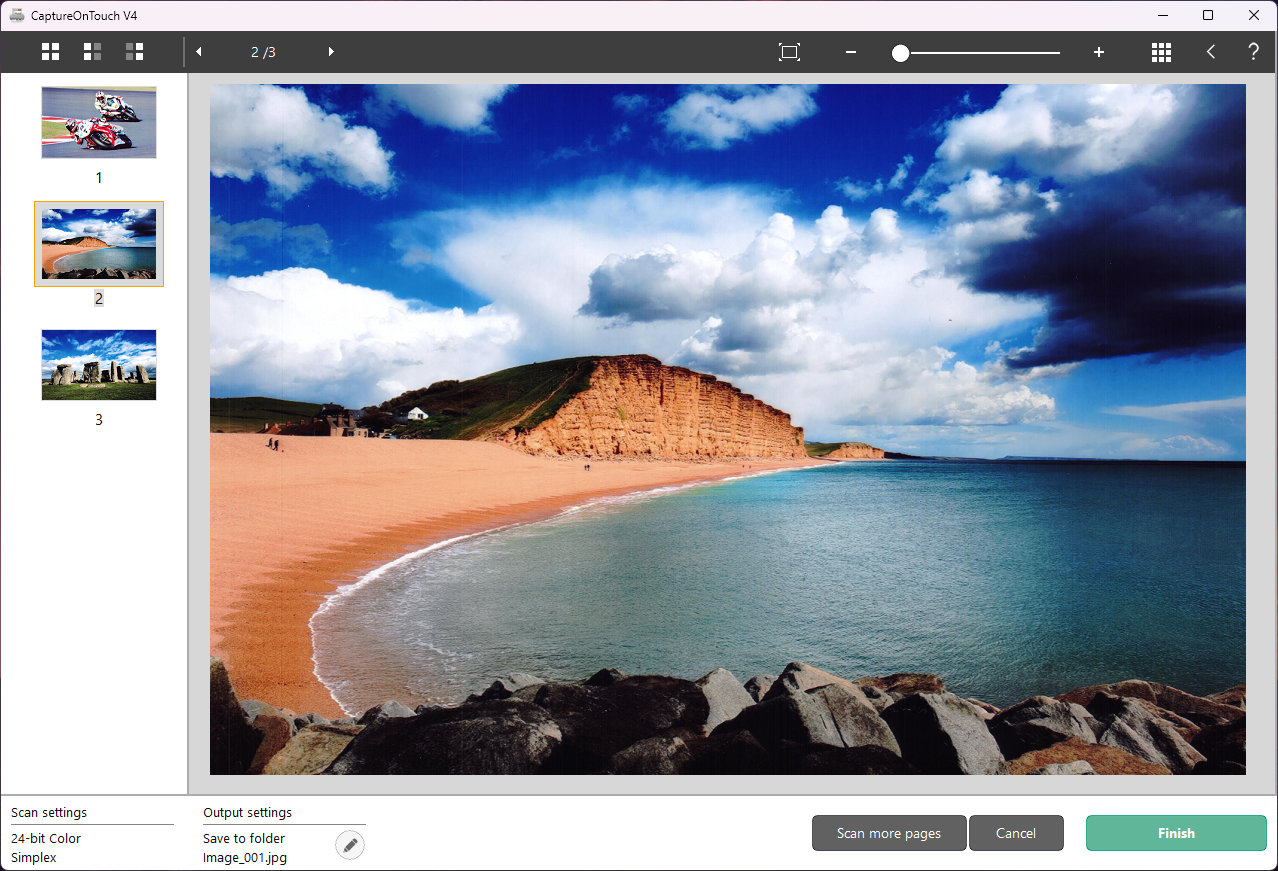Digital Camera World Verdict
If you’ve been taking photos down the decades, chances are you’ve got a bunch of boxes stashed away with machine prints from your 35mm days. This neat Canon photo scanner takes all popular sizes of photo prints in stacks of up to 40 at a time, automatically feeding them through and outputting digital images in JPEG format. A range of optional photo enhancements is on hand to further automate the process. The scanner is quick, simple and highly effective – and it works equally well as a high-speed document scanner. The scanning quality is very good and, all in all, it’s a neat bit of kit. However, it’s disproportionately pricier than the more standard imageFORMULA R40 document scanner in some world regions, less so in the USA.
Pros
- +
Auto photo/document feeder
- +
Quick and simple
- +
Good quality photo scans
Cons
- -
Unintuitive onboard controls
- -
No Wi-Fi, USB only
- -
Lower quality when scanning inkjet prints
Why you can trust Digital Camera World
The Canon imageFORMULA RS40 is a bit of a backtracker. Think Canon desktop devices and most digital photographers will be thinking of inkjet printers that create physical prints of their digital photos. There’s something for everybody, ranging from the MegaTank PIXMA G620/650 to the mighty PIXMA PRO-200 and imagePROGRAF PRO-300.
The RS40 does everything in reverse. Based on the imageFORMULA R40 document scanner, the RS40 is essentially the same motorized machine, but optimized for scanning stacks of photo prints and turning them into JPEGs. As such, it’s ideal for digitizing large volumes of old prints that photographers of a certain age will have accumulated from the 35mm film era.
Specifications
Scanner type: CMOS CIS
Max resolution: 600dpi
Max speed: 30ppm (60ipm double-sided)
Auto document feeder: 40-sheet
Light source: RGB LED
Operating system: Windows 8.1>, macOS 10.15>
Interface: USB 2.0
Power supply: Mains PSU
Dimensions (tray closed): 291 x 250 x 245mm
Weight: 3kg
Key features
Connecting to a Windows or Apple computer or laptop via a USB 2.0 interface, the RS40 shares many of its key features with the previously released R40 document scanner. Apart from the ‘Photo’ badge on the front, both scanners look and feel identical, and the RS40 works equally well as a document scanner. As such, you can load up to 60 sheets of regular-thickness, standard-sized paper into its auto document feeder and scan them at up to 40ppm (pages per minute) in mono or 30ppm in color. Better still, the scanner can scan both sides of double-sided documents in a single pass, effectively increasing the speed to as much as 60/80 ‘impressions’ per minute.
Other document-friendly features include automatic sensing for single/double-sided pages, the ability to automatically remove blank pages, text enhancement, and automatic deskewing. A key additional feature of the RS40 is that it’s better suited to photo scanning. The supporting CaptureOnTouch software for PCs and Macs includes a range of image processing enhancements, from full Auto Photo Fix to red-eye correction, face sharpener/digital face smoothing, paper texture correction, and fading correction. Advanced settings include moire reduction and background smoothing.
For standard-thickness photo prints, the auto document feeder can take up to 40 prints in a stack, supporting all popular sizes like 4x6-inch and 5x7-inch as well as any other size ranging from 50.8mm to 215mm in width and 54mm to 356mm in length. There’s also a ‘long document’ option for banners or panoramic prints of up to 3m in length.
Scanning itself is based on an RGB LED light source and CMOS CIS (Contact Image Sensor). Scanning resolutions of 100dpi (dots per inch) up to 600dpi are available, plus a 1200dpi option that uses software interpolation to fill in the blanks between the dots that the scanner can actually ‘see’. Paper feed is via a rear tray which clips into the top of the scanner, complete with adjustable width guides, and pages are outputted into a tray that pulls out from the lower front of the main unit. Unlike many flatbed CIS scanners, the RS40 with its motorized document feeder runs from its own power supply, rather than being USB-powered. Even so, the scanner only uses 19W when running, dropping to just 0.1W in sleep mode.
Build and handling
Build quality is very good with a sturdy and robust feel throughout, from the main body of the scanner to its input and output trays. It’s reassuringly weighty at 3kg, not counting the separate power supply, but fairly compact at 291x250x245mm. The dimensions increase to 291x600x382mm with the input tray fitted and the output tray extended.
The auto document feeder takes pretty much anything in its stride, from plain paper documents and machine print photos, to plastic or card business, membership and loyalty cards. Handling is enhanced by automatic size detection and deskewing for photo prints, along with ultrasonic double-feed detection. There’s also a DFR (Double Feed Release) button in case two sheets of paper get drawn into the transport system simultaneously.
The RS40 features simple Start and Stop buttons as well as a ‘Job Select’ button. The latter enables up to 9 preset scanning settings to be applied, with a simple single-digit display to show the selected option. However, unless you have the software running on the connected computer, there’s no clue as to what these settings actually are, so it’s a bit of a memory test. An alpha-numeric display or even a touchscreen panel would have been more intuitive. Ultimately, it’s easier to select, start and finish scanning jobs from a connected computer, using the CaptureOnTouch software.
Performance
The scanner munches through stacks of up to 40 postcard sized 6x4-inch photos at up to 30 pictures per minute, although the speed drops off if you use the highest optical scanning resolution of 600dpi. At this setting, a single 6x4-inch photo print took about 12 seconds to scan in our tests. It’s neat that you can pop stacks of photos into the input tray in either landscape or portrait orientation and they’re automatically scanned the right way round. However, if you have a batch of mixed landscape and portrait orientation photos, you’ll need to rotate one or the other manually after scanning.
Image quality is generally very pleasing. The Auto Photo Fix option delivers vibrant yet realistic color rendition, along with good brightness, contrast and tonal range. It works especially well when original photo prints look a bit jaded and are showing their age. Another big plus point is that, while many scanners don’t cope at all well with luster paper, the RS40 gave clean, smooth and speckle-free scans for luster prints as well as for glossy photo paper in our tests.
Although the RS40 impressed us with scans of conventional silver halide photo prints, it didn’t fare as well when scanning photo prints created with inkjet printers. In our tests, these tended to look relatively streaky whether scanned at either 300dpi or 600dpi resolutions.
The best camera deals, reviews, product advice, and unmissable photography news, direct to your inbox!
Sample images






Verdict
If you’ve been taking photos down the decades, chances are you’ve got a bunch of shoeboxes stashed away with machine prints from your 35mm days. This neat Canon photo scanner takes all popular sizes of photo prints in stacks of up to 40 at a time, automatically feeding them through and outputting digital images in JPEG format. A range of optional photo enhancements is on hand to further automate the process. The scanner is quick, simple and highly effective – and it works equally well as a high-speed document scanner. The scanning quality is very good and, all in all, it’s a neat bit of kit. However, it’s disproportionately pricier than the more standard imageFORMULA R40 document scanner in some world regions (less so in the USA).
- The best film scanners
- The best 3D scanner
- The best scanner for documents & photos
- The best photo printer
- Best all-in-one printer
Matthew Richards is a photographer and journalist who has spent years using and reviewing all manner of photo gear. He is Digital Camera World's principal lens reviewer – and has tested more primes and zooms than most people have had hot dinners!
His expertise with equipment doesn’t end there, though. He is also an encyclopedia when it comes to all manner of cameras, camera holsters and bags, flashguns, tripods and heads, printers, papers and inks, and just about anything imaging-related.
In an earlier life he was a broadcast engineer at the BBC, as well as a former editor of PC Guide.







